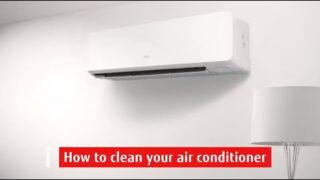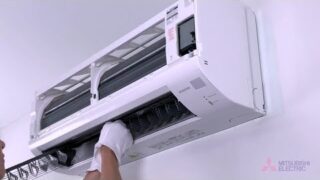
Categories
Air ConditionersAir Conditioners
Understanding How Air Conditioners Work
Air conditioners provide cooling and improve indoor air quality. Their primary job is to cool indoor spaces effectively. They achieve this through a chemical and mechanical cooling cycle.
- Compressor: The compressor pressurizes refrigerant into a hot gas.
- Condenser: This gas moves to the condenser coils outside. The condenser cools the gas, turning it into a liquid.
- Expansion Valve: The liquid flows through the expansion valve. Here, it cools and reduces pressure.
- Evaporator Coil: The cooled refrigerant flows through indoor evaporator coils. Warm indoor air passes over these coils. The refrigerant absorbs the heat and cools the air. This air then recirculates back into the room.
- Refrigerant: Refrigerant is key for absorbing and releasing heat.
Dehumidification and Air Filtration
Air conditioners also dehumidify spaces. Cooled air releases moisture as condensation. This reduces indoor humidity and helps prevent mold growth. Air conditioners also filter air, reducing dust and allergens.
Energy Efficiency and Technology
Modern air conditioners are more energy-efficient. Inverter technology adjusts compressor speed, lowering energy use. Smart AC systems allow remote control via mobile apps. Eco-friendly refrigerants and efficient designs reduce environmental impact.
Conclusion
Air conditioners do more than cool; they improve comfort and air quality. Efficient, eco-friendly designs make them essential and sustainable. Understanding how they work aids in better usage.





